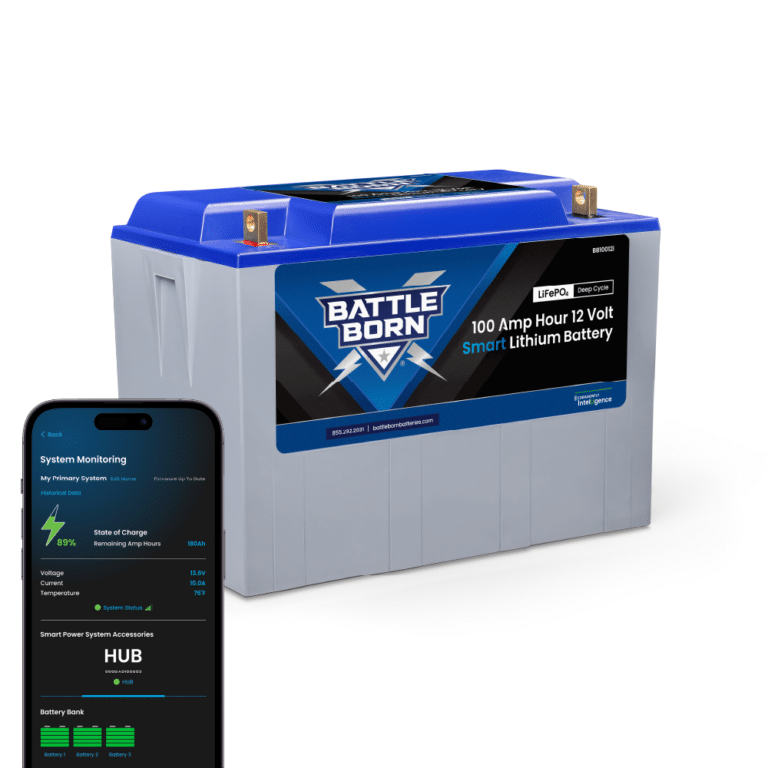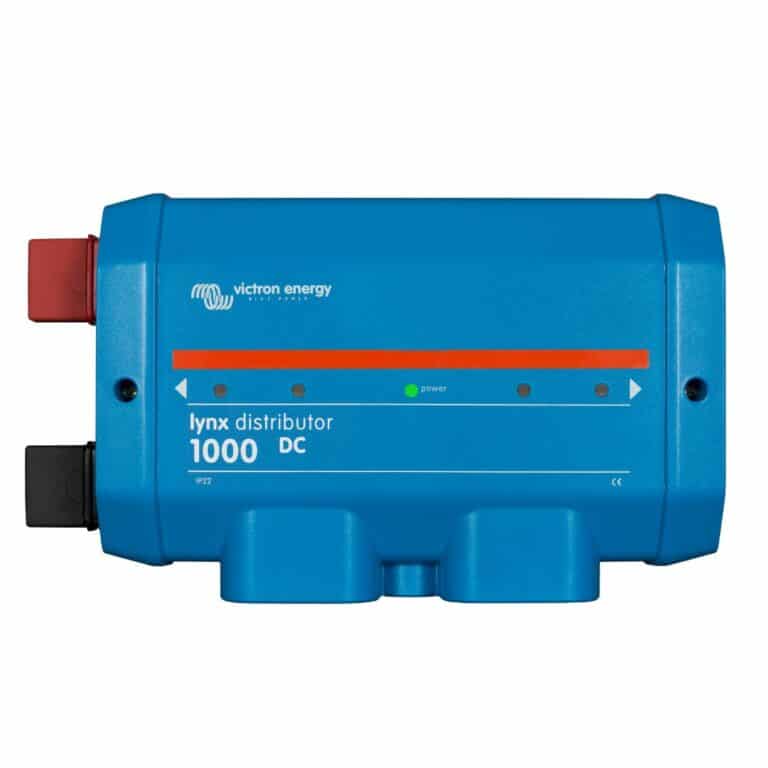
MENUMENU
TALK TO AN EXPERT
Special Hours: 7AM – 6PM PST
TALK TO AN EXPERT
Special Hours: 7AM – 6PM PST
We’ve all experienced a power outage. At best, an outage can be inconvenient; at worst, you might find yourself in a dangerous situation. Regardless, when the lights go out, you’ll wish you had backup solar power.
Storms, accidents, maintenance, general grid failures—all these factors can impact your ability to sustain power. And these outages will only get more frequent as the effects of climate change cause increased demand on the electrical grid. The length of the outage will likely be indeterminate, and you may need heat, cooling, internet access, or the ability to cook during this time. Backup solar power can guarantee your energy access regardless of outside forces.
However, many still don’t know how to choose a solar power system. For instance, there are a variety of practical considerations you’ll need to account for. But having a renewable energy source that can keep your essential appliances running in case of a grid failure is a necessity.
This guide will help you choose the solar power system that best fits your home. From installing a backup power source along the main line to the different setups you should consider, we’ll cover it all.
The sun provides a vast amount of readily available energy, but you need an efficient system to capture and store it. Solar panels convert sunlight into energy by creating an electrical charge through the photovoltaic effect. This charge is then fed through a solar inverter, which converts it from a direct current (DC) to an alternate current (AC).
Depending on the type of system you have, the power can then be dispersed throughout your home, stored in lithium-ion batteries, or pushed onto the grid to be used by others in exchange for energy credits.
The two basic types of solar power systems are:

Solar power systems come with significant benefits in terms of sustainability, comfort, and reliability. Having a backup solar power source can protect you in case of blackouts by storing excess energy for later use. This reduces your reliance on the grid, which helps lower your electricity bills. The best part? It reduces carbon emissions and promotes environmental sustainability.
How long you can run your home on backup solar power depends on several factors. Your energy consumption, battery capacity, and the amount of sunlight available to recharge are prime determiners. The most efficient homes can run for a few days, while others may be able to run just a few hours before recharging.
Moreover, solar power backup systems are highly reliable during natural disasters or power outages. They’re immune to fuel shortages and grid failures and can ensure continuous electricity supply in case of a system failure.
You’re probably aware of some of the overarching benefits of clean energy, like solar power. It reduces your home’s carbon footprint and results in less water pollution than traditional power plants. In addition, it isn’t finite like other power-producing elements such as solid fuel, so it can help conserve these precious resources. But like all other forms of energy production, solar can result in environmental harm.
Solar farms can clear large swaths of land, and keeping panels clean often requires increased water consumption. However, toxic lead acid batteries are potentially the most detrimental aspect of solar power production. The good news is the introduction of lithium-ion batteries is solving this issue.
While slightly more pricey, lithium-ion batteries are lighter and more efficient. They also charge faster than their lead counterparts. And most important, they aren’t as toxic to the environment.
Solar power system costs depend on factors like your house size, your location, and the amount of power you want to generate. In 2023 the average cost for a residential system falls somewhere between $3 to $5 per watt.
Installation costs can be significant, but federal tax credits combined with the energy bill savings often offset or exceed your initial investment. Take these steps to calculate a solar power investment for your home:
Lastly, don’t forget to factor in the value of being prepared for potential grid blackouts. If you work from home or live in a variable climate, having a backup solar power source may be invaluable.

There’s no one-size-fits-all backup solar power system. Unique factors associated with your home size, location, and power needs will determine what the ideal setup looks like for you. However, there are a few guidelines you can follow to decide which system is best for you.
Installing a backup power source is the first step toward preparing your home for an increasingly unpredictable climate. Whether you work from home or just live there, you should have a plan B to keep your family comfortable in case of an energy blackout.
Battle Born Batteries is a leading provider of deep-cycle lithium-ion batteries. We’re committed to offering cutting-edge power storage technology and creating a future with domestic cell production that includes nonflammable solid-state battery cells.
Battle Born Batteries are the best option for efficient energy storage technology. Contact us today to learn more about backup power sources.
Shop Best Sellers








Ask a technical specialist now at 855.292.2831
Stay in the Know